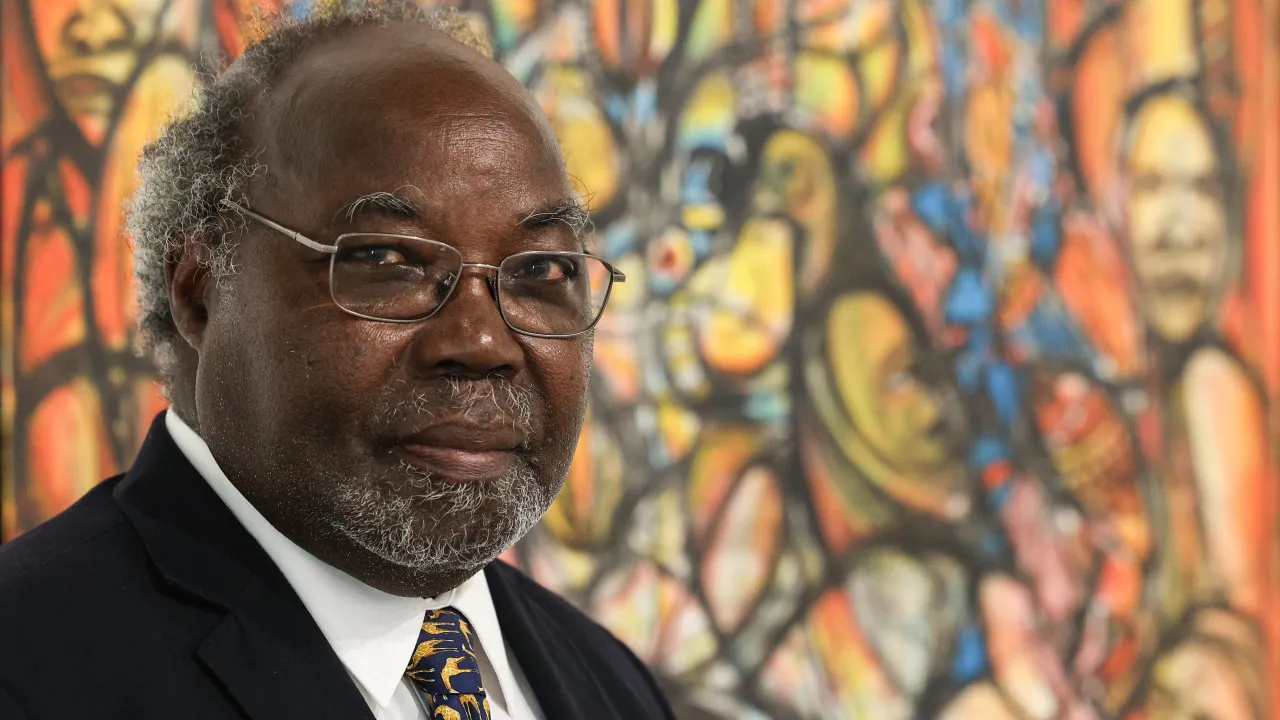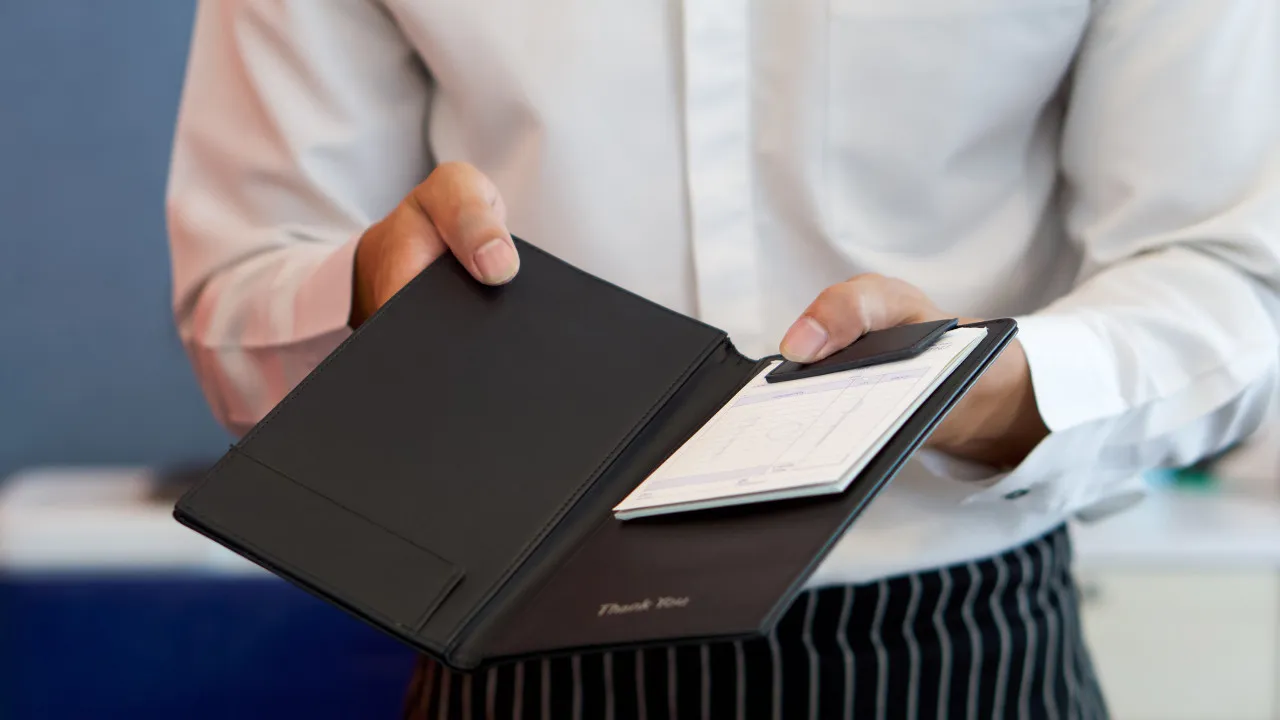
In an interview marking Mozambique’s 50th anniversary of independence, observed on Wednesday, June 25, the author of the guide “African Art in Ethnology Museums – Europe, Africa, America” described the situation as severe, likening the issue to a “baobab,” a tree known for its broad trunk.
“I am familiar with the museums of Europe and America. What is housed in these museums? African artworks. How did they end up in these museums? They were filled through colonial-era spoliation,” he stated.
Lívio de Morais explained that these art pieces were taken from colonized countries “as if one were beneath a cashew tree, picking the fruit and leaving. Without compensation, without purchasing from the owner.”
The painter and sculptor, however, cautioned against hasty and careless returns, noting that “Africa, at the moment, does not yet have museums that ensure conditions for these works to be returned.”
“It’s not just about collecting and returning. It’s necessary to train museum directors, and museum technicians, to create museums with competence and quality, and then return the artworks,” he advocated.
Regarding the location of these works, Lívio de Morais affirmed that he has this information, acknowledging though, that much remains unaccounted for.
“If we visit the Anthropology Museum of Porto, we will find boxes still unopened since colonial times. And if we go to the Ethnology Museum of Lisbon, we will find artworks and some boxes of works that came from Mozambique and the former colonies.”
The art historian also highlighted another challenge, involving collections held by private individuals who lend them to museums.
“These works are even more difficult, almost impossible to reclaim because they are owned by individuals,” he mentioned.




